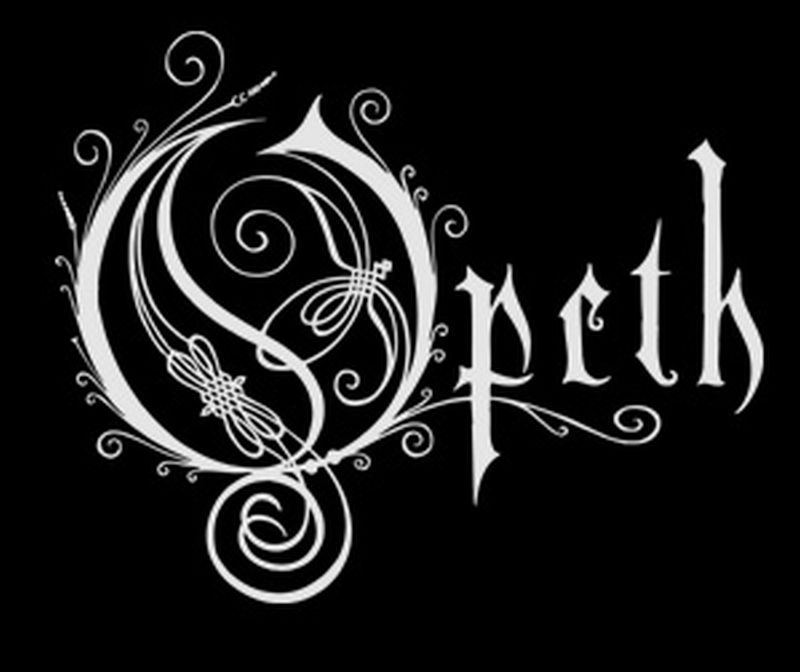Important note: when viewing this on my blog I found that some of the 1st paragraph, the one above the first picture is covered by some of my blog interface, I don't know how to fix this while editing, so a simple solution to read everything is to copy and paste the text to Microsoft Word.
-----
At a young age I found Asian cultures fascinating. I liked the art and the symbols, this was probably due to my taking Kung Fu lessons at the age of 7 and my introduction to anime around the same age, give or take a couple years. As I got older I began to understand more and more, and my attention shifted from Asian cultures to the Japanese culture specifically. This led to my knowledge of many Japanese weapons, Japanese historical figures such as Oda Nobunaga, Musashi Miyamoto and Masamune, as well as relative knowledge of mythological figures such as the tengu and oni. We also cannot forget the world famous warriors that came from Japan, the samurai, of which I have a great understanding. Despite my fascination with Japanese culture, I didn't choose a Japanese piece of art for this blog post, I chose a section of the Chinese painted handscroll, "Fishing In a Mountain Stream" by Xu Daoning.
 |
| A Section of "Fishing In a Mountain Stream" by Xu Daoning |
This painting brings a slight feeling of nostalgia, and I'm a pushover when it comes to feelings of nostalgia; it takes me back to when I practiced Kung Fu at this place up north in New Castle County. I greatly enjoyed that time of my life. It also vaguely reminds me of some of the artwork used in popular anime shows Dragon Ball and Dragon Ball Z, and quite possibly even my favorite anime, Rurouni Kenshin.
One of the traits of this piece that I like is the fact that it is in black and white (or black and tan if one considers the color of the scroll); I always make my art in black and white, for some reason coloring is tedious to me, so I just refrain from doing it; it's important to know that I don't always like black and white art, but this time I do. I also like how it's shaded--surprisingly, it adds to both the complexity and simplicity of the art: while the piece on a whole is complex, and complex when looking at certain points, it is quite simple in the lightly shaded and non-shaded areas, to the extent that I would call those points minimalist. What I find interesting about this is that the eye is led to small intricacies in the art, for example, the shaded boats with fishermen stick out to the viewer because they aren't surrounded by shading.
This piece is also quite detailed, which, if you've read my other posts you might remember my saying that I enjoy detailed art. I know some of you might be sick of my comparing everything to metal music or metal artwork, but that's something I think I do with many things, consciously or not. Thus I found some similarities between this and metal artwork--this piece reminds me specifically of the remade cover for the 2011 reissue of Death's "The Sound of Perseverance," which originally came out August 31, 1998. The similarities I see is that both pieces focus on mountains/mountain-like formations and the rigidity of those formations . "Fishing In a Mountain Stream" also reminds me of some of the artwork by my favorite artist, Par Olofsson, who sometimes creates very nice landscapes in his pieces.
 |
| 2011 reissue album cover of Death's "The Sound of Perseverance," artwork by Eliran Kantor |
Overall this section of "Fishing In a Mountain Stream" reminds me of things from my own life which have contributed to the evolution of my personality through the years and I find that incredible; I find it incredible because a depiction of a mountain in a certain style moves me--it makes me remember things that are important to me.
-----
Additionally, to anyone that likes looking at artwork, I suggest viewing Eliran Kantor's site, he's the man who remade the album cover to "The Sound of Perseverance" and has made many other album covers over the years. Here is the link:
http://www.elirankantor.com/.






